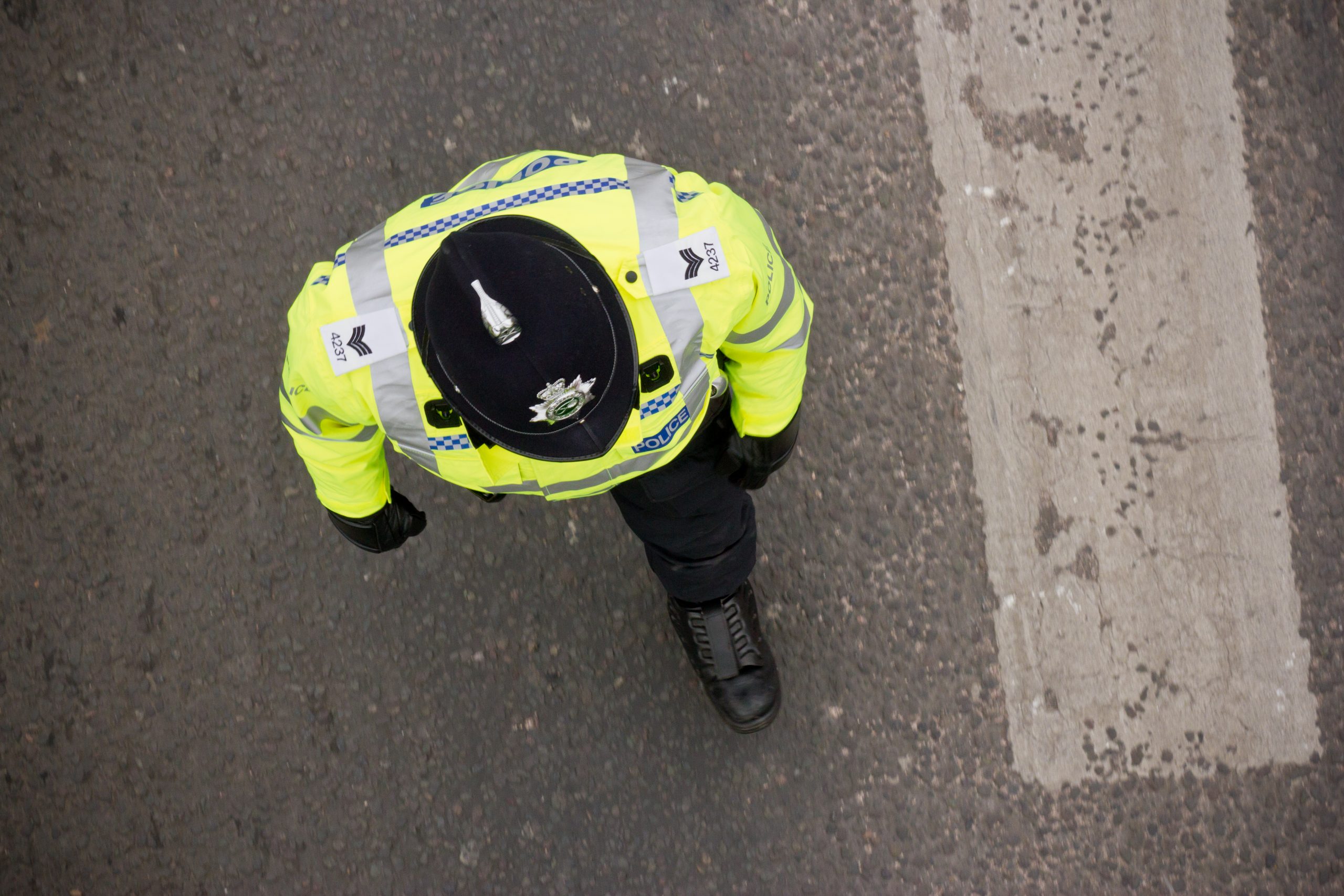More than nine out of 10 people object to the roll out of biometric fingerprint scanning devices connecting to the Home Office immigration database, according to a new survey by an anti-racist charity based in West Yorkshire. The Racial Justice Network (RJN), together with Yorkshire Resists, has released a report on public perceptions of the Biometric Services Gateway drawing on the experience of a pilot program launched in West Yorkshire in 2018.
The gateway is an app connecting police fingerprint scanning devices to the Home Office immigration database as part of the Hostile Environment policies announced by the then-Home Secretary Theresa May.
You can read the report here.
📣Today we launch our 42 page report on the Public’s perception on the Biometric Services Gateway (mobile fingerprint app) with @YorksResists
Link to report https://t.co/oWUAm1VLW2
a 🧵 with our findings #HandsOffOurPrints #StopTheSCANdal 1/7
Please share with networks RT
— The Racial Justice Network (@RaceJustice) January 26, 2021
The report concludes that of the 115 participants asked about their perceptions of the mobile scanners, 93% did not support the introduction of the scanners to police forces, and 89% felt that the police should not have access to immigration data. The main concern of participants was that the scanners would perpetuate the mistrust between marginalised communities and police forces, as such practices imbed racial profiling and biases of racialised characteristics for identification.
The report’s authors highlight the fact that black and minority ethnic people are more than three times more likely to have their fingerprints scanned compared to white British and Irish people. This is further indicated by the fact that police officers are able to use their own discretion in determining when to use the devices in cases of a suspected offence being committed, or suspected false information being provided about an individual’s identity.
It also raises concerns about how the expansion of police powers into immigration control deals with their main objective of protecting civil liberties, and instead creates a heightened sense of anxiety that is likely to deter victims or witnesses from seeking help or reporting crime, thereby potentially trapping them in situations of abuse or injustice.
The survey reveals that amongst migrant participants, 88% said that they would not feel safe approaching the police for help or reporting a crime. The usage of biometric information in identification runs the risk of categorisations that label an individual as ‘deportable’ or ‘criminal’. The significant power afforded to police officers, combined with the lack of appropriate metrics to determine when to use the devices, could lead to an indefinite detention for a minor offence, thus sustaining the exclusionary border policies that have been in places for many years.
The main recommendations of the report call for police technology having no direct links to the immigrant database, and no questioning of victims and witness’s immigration status.
Not only are there ethical concerns surrounding the gathering, sharing, and storing of sensitive data, but inconsistent guidance has been provided on the use of mobile biometrics across police forces. West Yorkshire Police guidance advises that immigration databases should only be searched if there are grounds to suspect that the individual is an immigration offender, whereas Sussex police recommends both databases be checked.
Despite concerns beng raised with WYP and the Crime Commissioner at multiple meetings, the technology was implemented nationally in April 2019 without an Equality Impact Assessment discussing its impact on Black and Brown communities following the trial in West Yorkshire. Ultimately, it appears that this was only done in order to give the illusion of community engagement as the Network was told that no other police force in the country had been engaging in consultations with communities over the introduction of this technology’.







